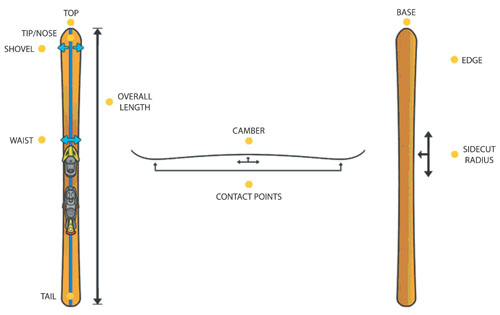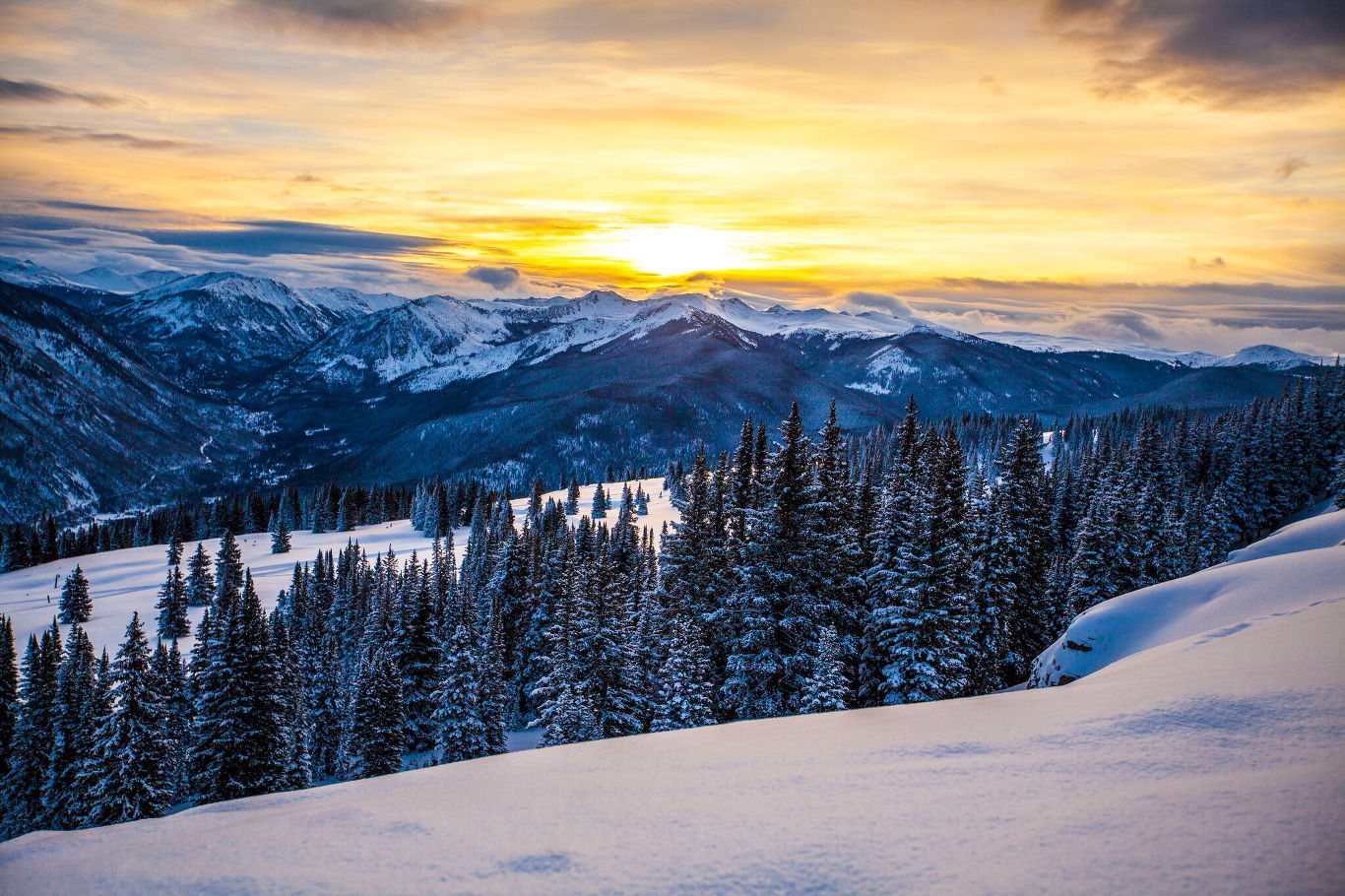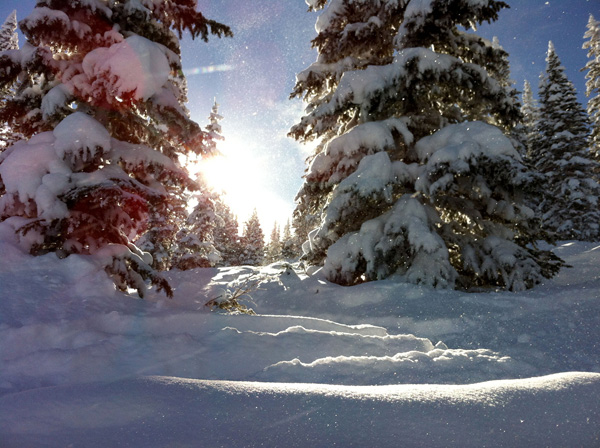Knowing Your Gear
Here in the Aspen/Snowmass ski area, it’s getting to be that time of year where people are looking at the new gear guides and picking and choosing what they want for season. Or, maybe you are one of many who visit Aspen/Snowmass once a year to tear up the slopes and you visit the ski shop for the latest and greatest ski rental equipment. One thing we do know is that it’s very hard to pick out the correct ski gear if you don’t truly understand it. The technology and terminology can be very overwhelming and confusing! The last thing we want is for you to be confused when you come in to pick up your skis! Fear not, we have some help for you. The folks at Incline think this great glossary from skimag.com does the trick!
| GLOSSARY | ||
| › CamberConvex curvature built into the length of a ski. Distributes the pressure of a skier’s weight to the tip and tail, giving the ski more grip on the snow. › Dampening The reduction of the vibrations that occur when a ski is in motion. A damp ski is better able to hold an edge in the snow— but it might lack liveliness.› Dimensions Tip, waist and tail widths: an expression of the shape of a ski.
› Mold A metal plank with a ski-shaped cavity milled into it. Typically, ski components (and liberal amounts of epoxy) are placed into the mold, which is then subjected to intense heat and pressure to bond the components and squeeze out excess epoxy. › Pre-preg A type of prefabricated laminate used to reinforce cores. Sheets of fiberglass fabric are impregnated with epoxy, cured and then cut to fit the ski’s width and placed in the mold. › Rocker (reverse camber) The opposite of camber: The tip and tail curve up off the snow. Makes skis more buoyant in powder and easier to pivot on hardpack. |
› Sidecut The narrowing of a ski at its waist; aids in turning when the ski is tipped on edge and pressured into an arc.› Sidecut radius A measurement, usually expressed in meters, of the depth of a ski’s sidecut curvature.
› Taper The difference between the tip and tail widths. A ski with a smaller taper generally initiates arcs easily, resulting in a turnier ride, while a ski with a larger taper is less hooky and easier to skid. › Titanal The brand name of the aluminum alloy commonly used in laminates. › Torsional rigidity A ski’s ability to resist twisting, often achieved by aligning glass fibers across the core at an angle (see “torsion box”). By increasing torsional rigidity, a manufacturer can make a lighter, metalfree ski that still holds an edge on hardpack. |
|
For more on the anatomy of a ski, visit: http://www.skinet.com/ski/article/anatomy-ski-base-topsheet and be sure to visit your friends at Incline Ski & Board Shop for all of your ski rental needs while in the Snowmass ski area or on an Aspen ski vacation!









